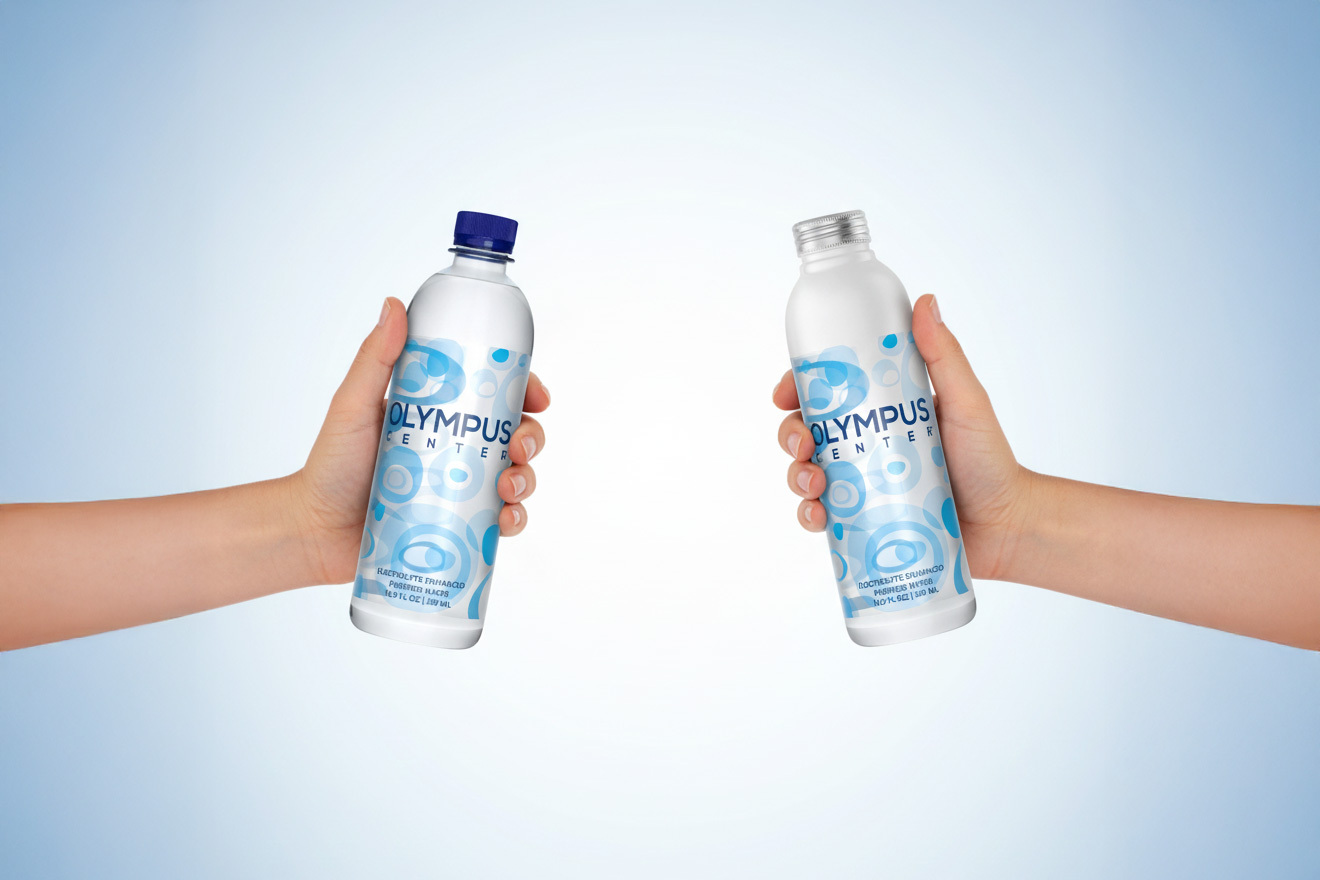What Does Water Taste Like?

.jpeg)
Does water have a taste? For thousands of years, scientists have been quick to dismiss this question, noting that water had no flavor to it. But as the years wore on, researchers eventually discovered that water can actually provoke certain taste receptors. Whether it’s natural, distilled, spring or mineral, water can give off a certain flavor that can be influenced by a lot of factors.
In summary, water is found to have a sour taste, mostly due to the pH levels of water. Water is said to have a neutral pH of 7, but can lean towards the more acidic side depending on the source of water and the components in the water.
Factors Affecting Water Taste
We have to first consider where the water in question comes from. Even as water may have a sour taste, this does not mean all water is sour. The deciding factor of a water’s taste has to do with minerals dissolved in the liquid. Our taste buds and receptors each play an important role in determining what a certain type of water tastes like.
Types of Water Sources Affecting Water Taste
How your water tastes can ultimately depend on the type that you are drinking. Here are some of the most common types of drinking water:
Tap water
While water supplied to tap is generally used for cooking, washing and showering, it can also substitute for drinking as long as it’s been properly distilled and purified.
But for the many homes that choose to drink straight from the source, tap water can have a metallic flavor to it. This is because water from the tap is often treated with fluoride and can pass through different types of pipes.
Spring water
Naturally sourced from freshwater springs, this type of water is packed with minerals and nutrients that are good for health. As it passes along untreated sources in mountainous regions, the taste can have a mineral and earth-like hint to it.
Well water
Taken from underground aquifers beneath a house or an establishment, well water is stored deep in layers of soil. While it’s usually filtered for drinking, the high concentration of soil minerals can still be a deciding factor of what it ends up tasting like.
Sparkling water
While known to many as a highly carbonated drink, sparkling water is usually just mineral water that’s been carbonated in high concentrations. The result? The carbon dioxide and mineral content provide a high acid taste and texture.
Since most sparkling water brands are available in different artificial flavorings, the difference can ultimately depend on the flavor that you pick. Pure, unflavored sparkling water can be made from natural spring water, distilled water, or other types that may affect the overall flavor of the beverage.
Alkaline water
Higher in pH level the usual natural drinking water, alkaline water contains ionized minerals that give it a less acidic and smoother feel. The majority of alkaline water is typically sourced from springs and volcanoes rich in minerals, resulting in the all-natural flavor and texture.
But for most alkaline water bottles found in the stores, the taste has already been altered and artificially alkalized. These can leave a mineral, almost metallic taste depending on the method of alkalinization.
Distilled water
One of the most popular types of drinking water, distilled water is made by collecting the steam of boiling water and purifying it of any minerals, chemicals and bacteria. This water type usually brings a plain and smooth taste regardless of its source as it is known as water in its purest form.
What Can You Do to Improve the Taste of Water?
Most people have no qualms drinking plain water, but if water has an off taste or you’re trying to increase your intake, you can try to improve the taste of your drinking water. Here are a couple of tips to make water taste better:
- Add in your favorite citrus fruit by squeezing in oranges, lemons or lime for an added flavor. This will give a refreshing, flavored water that will make the beverage easier to drink.
- Infused your preferred herbs or fruits such as berries and mint or raspberries and basil for a more refreshing taste. Infused water is great for calorie-watchers, and can infuse vitamins and minerals into your everyday drink as well!
- Try drinking sparkling water instead of regular water to switch things up.
- Make flavor ice cubes made out of fresh fruits and juices. Edible flowers can also be used to give a more floral touch from the usual fruity waters.
- Mix your water with sugar-free flavoring.
Bottoms Up!
A water’s taste will always ultimately depend on its source, type and your own unique taste experience. If you want to enhance your drinking experience, you can always try switching it up by trying the many types of drinking water available at home and in the market.






